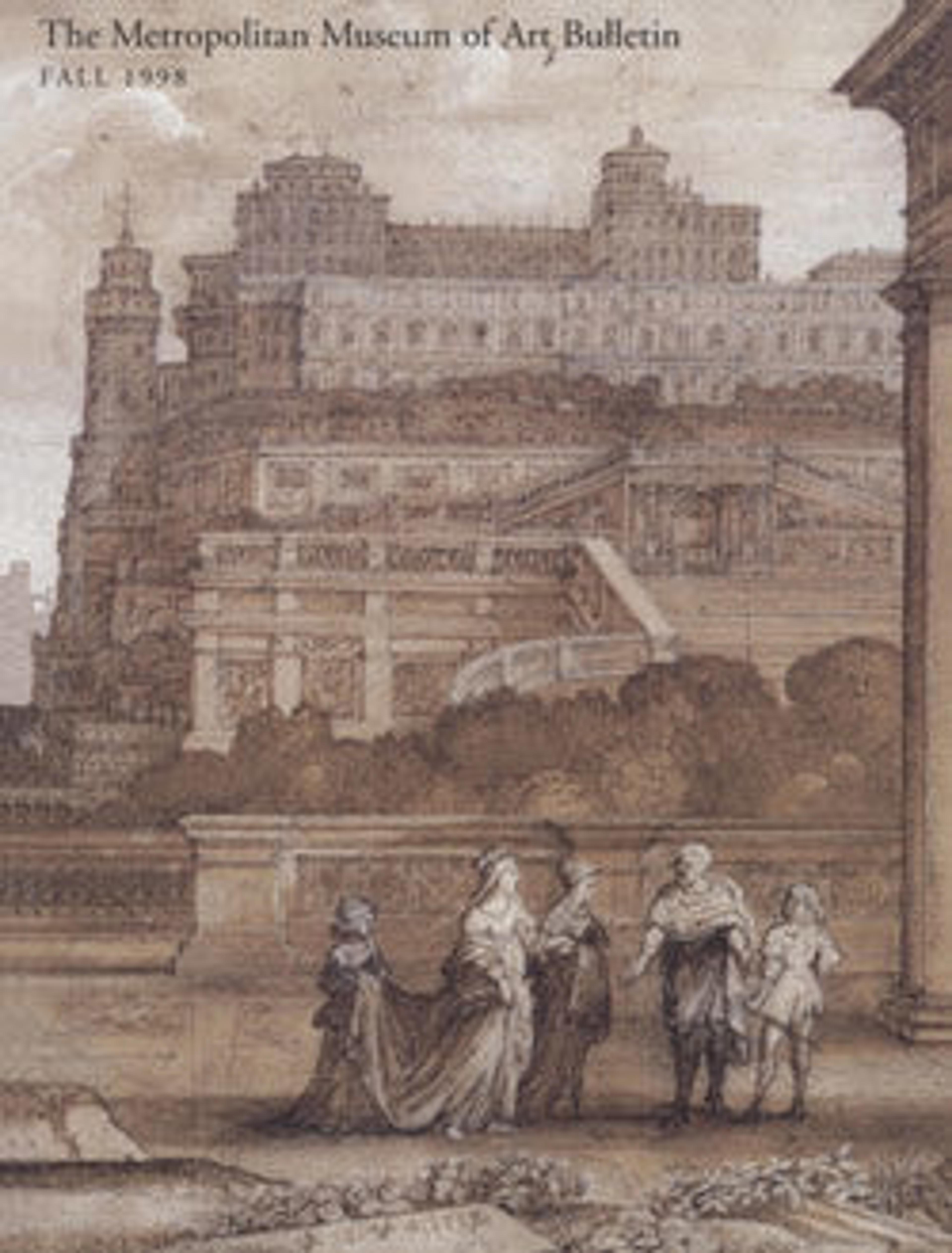Embroidered Patchwork Panel
This patchwork panel comprises various silk textiles, mostly satins and damasks, exquisitely embroidered with the motifs of flowers, fruit, and the occasional butterfly in a technique called needle looping. Worked in silk over gilt paper, the technique allows the luminous gold to show where loops are intentionally skipped. The patches in this Chinese example seem to have been constructed and embroidered as self-contained units that were stitched together to form a larger panel. By contrast, Korean patchwork cloths are usually fashioned from fragments of unadorned, rather than embroidered fabrics, though there are non-patchwork bojagi fashioned from a single cloth with embroidered decoration.
This textile was probably used in a Buddhist context but its precise function is unknown. A comparable example, traditionally associated with the Chinese monk Wuxue Zuyuan (1226–1286), resides in the collection of the Buddhist temple Engakuji in Kamakura, Japan.
This textile was probably used in a Buddhist context but its precise function is unknown. A comparable example, traditionally associated with the Chinese monk Wuxue Zuyuan (1226–1286), resides in the collection of the Buddhist temple Engakuji in Kamakura, Japan.
Artwork Details
- Title: Embroidered Patchwork Panel
- Period: Late Yuan (1271–1368)–early Ming (1368–1644) dynasty
- Date: ca. 14th century
- Culture: China
- Medium: Silk needle-loop embroidery over gilt paper on simple gauze silk, silk damask, silk satin, and plain weave silk
- Dimensions: Overall: 58 7/8 x 25 1/4 in. (149.5 x 64.1 cm)
- Classification: Textiles-Embroidered
- Credit Line: Purchase, The Vincent Astor Foundation Gift, 1997
- Object Number: 1997.380
- Curatorial Department: Asian Art
More Artwork
Research Resources
The Met provides unparalleled resources for research and welcomes an international community of students and scholars. The Met's Open Access API is where creators and researchers can connect to the The Met collection. Open Access data and public domain images are available for unrestricted commercial and noncommercial use without permission or fee.
To request images under copyright and other restrictions, please use this Image Request form.
Feedback
We continue to research and examine historical and cultural context for objects in The Met collection. If you have comments or questions about this object record, please contact us using the form below. The Museum looks forward to receiving your comments.
